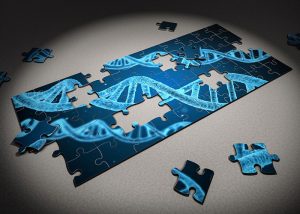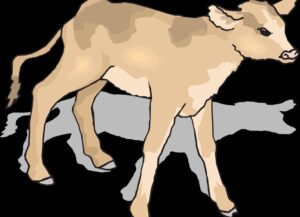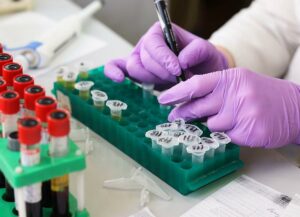Joaquín Ventura & Fernando Diaz
Water eutrophication in lakes, ponds, rivers, reservoirs or underground aquifers results from excess of nutrients in water, mainly nitrogen and phosphorus (P). This affects water quality and can end up being an important problem both from an environmental and sanitary standpoint.
Most research to date to estimate P requirements of dairy cows has been conducted under controlled conditions, there’s a need however for more field trials in commercial farms to reach more practical conclusions, that can be used by livestock producers. This was the objective of a group of researchers from the University of Manitoba (Canada).
The project collected data form 19 Manitoba dairy farms, with different number of cows, feeding systems, housing and management. Samples of milk, feed, blood, feces, and milk yield were collected once form each farm and from 30 cows: 10 at the beginning of the lactation, 10 mid-lactation and 10 towards the end (1-100, 100-200 y 200-300 days in milk, respectively).
The average content of P in the diet was 0.41% on a DM basis; the means for the 25, 50 and 75 percentiles were 0.38%, 0.42% and 0.45% on a DM basis, respectively. This figure show that more than half of the diets had more P than that recommended by the NRC (0.30-0.40% of the DM). Previous studies by one of the authors however (Plaizier et al., 2004 y 2014), reported even higher concentrations in the diet of dairy cows in that region, suggesting the percentage of dietary P has lately been better adjusted to the cow’s requirements.
The P content in milk (mean = 0.09%) was similar for all animals and did not vary significantly between farms.
The type of housing influenced phosphorus excretion
With regards to the P fecal content, a greater number of production groups, and more NDF and fecal starch in the diet, were associated with lower fecal P. On the other hand, cows with more days in milk and greater dietary P and Ca had increased fecal P. Cows in tie-stalls and those not eating TMR showed lower fecal P concentrations compared to those housed in free stall and those eating TMR.
Of all the variables recorded, the amount of dietary P, followed by the type of housing were the ones that influenced P excretion the greatest. A positive correlation between the amount of dietary P and its excretion in the feces was expected, since the increment in the dietary P above requirements reduces its digestibility and absorption.
The fact that farms with tie-stalls had lower fecal P excretion was associated with a greater feeding precision, since the animals ate on their site and only the feed assigned to them. Something similar happened with the increase in production groups, since it is easier to adjust each diet to the needs of the group.
In addition, the fact that cows with more days in milk excreted more P suggests that the stage of the lactation is associated to the P utilization by the cow, since towards the end of the lactation the requirements are lower, and what’s supplied in the diet is not. The reduction in fecal P in cows fed more NDF could be related to more phytates in the diet in cereal grains compared to forages, which would reduce P digestibility.
Conclusions
The results of this study suggest that the determinant factor to reduce phosphorus fecal excretion is to better match the diet phosphorus content with the animal requirements.
Reference
Senaratne V, Plaizier JC. 2020. Relationships between dietary and cow factors with the fecal phosphorus contents of dairy cows in Manitoba. Can. J. Anim. Sci. 100: 210–213.
© 2021 Dellait Dairy Knowledge Center. All Rights Reserved.











